Optimal Timing for Stamped Concrete
Timing is a crucial factor for achieving optimal results with stamped concrete. The ideal period depends on climate conditions, temperature, and humidity levels, which influence curing and finishing processes. Proper scheduling ensures durability and aesthetic quality for stamped concrete installations.
Spring offers moderate temperatures and lower humidity, making it suitable for stamped concrete. It allows ample curing time before hotter months.
Summer can be appropriate if work is scheduled during cooler parts of the day. High temperatures require careful planning to prevent rapid drying.
Fall provides cooler weather and less humidity, ideal for stamping. It also offers a longer curing window before winter.
Winter is generally not recommended due to cold temperatures and potential for freezing, which can compromise the curing process.
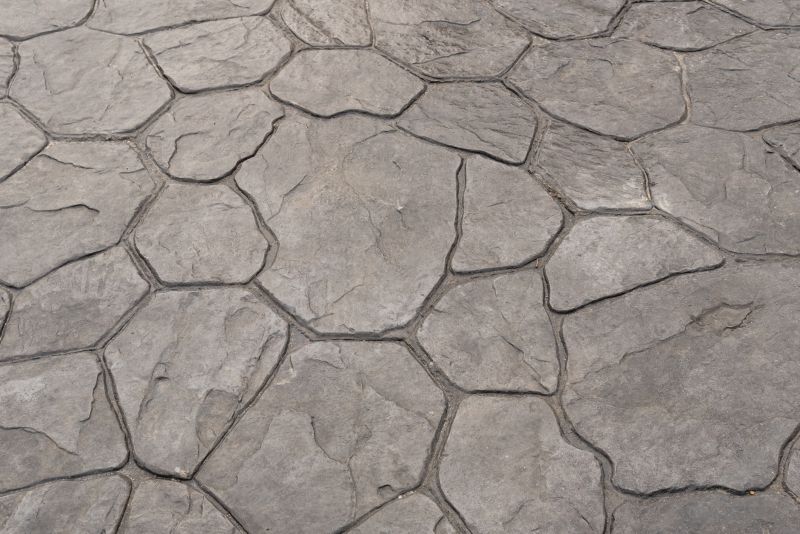
Ways to make Stamped Concrete Service work in tight or awkward layouts.
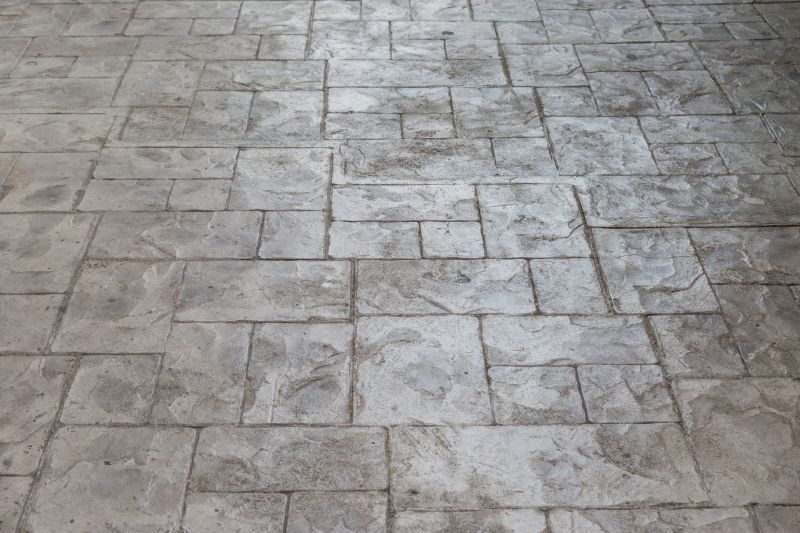
Popular materials for Stamped Concrete Service and why they hold up over time.

Simple add-ons that improve Stamped Concrete Service without blowing the budget.
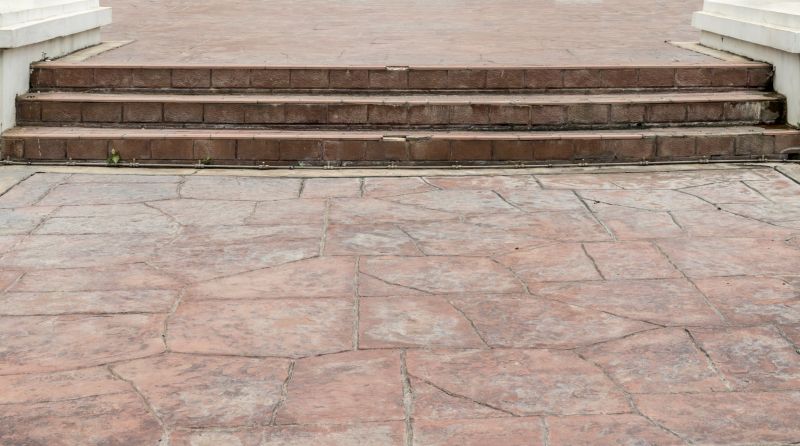
High-end options that actually feel worth it for Stamped Concrete Service.
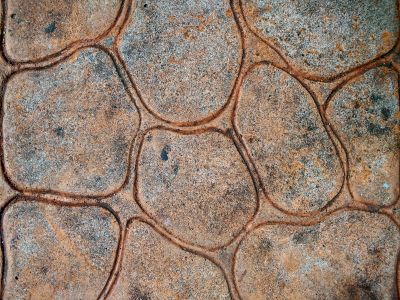
Finishes and colors that play nicely with Stamped Concrete Service.
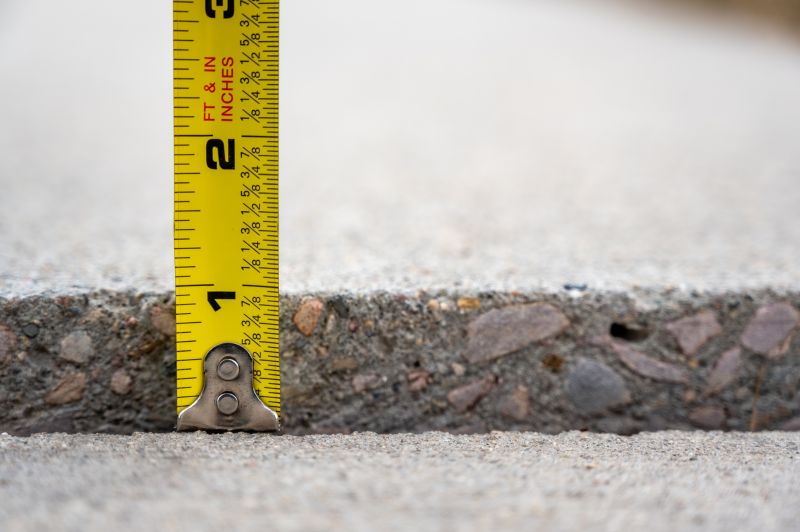
Little measurements that prevent headaches on Stamped Concrete Service day.
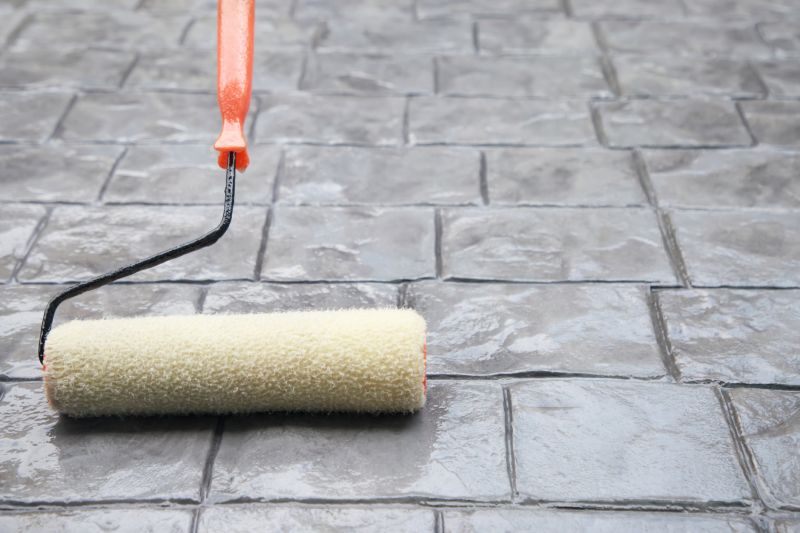
A 60-second routine that keeps Stamped Concrete Service looking new.

A frequent mistake in Stamped Concrete Service and how to dodge it.
| Season | Recommended Conditions |
|---|---|
| Spring | Moderate temperatures, low humidity |
| Summer | Cooler parts of the day, shaded areas |
| Fall | Cooler weather, less humidity |
| Winter | Not recommended due to freezing temperatures |
Stamped concrete is a versatile surface enhancement that can mimic the appearance of stone, brick, or tile. It involves imprinting patterns onto freshly poured concrete, which is then colored and sealed for durability. The technique enhances curb appeal and can significantly increase property value. Proper timing and weather conditions are essential to ensure the longevity and visual appeal of stamped concrete surfaces.
Statistics indicate that stamped concrete can last for decades when installed under suitable conditions. Its maintenance requires periodic sealing to protect against wear and weathering. The choice of season for installation impacts curing time, color retention, and pattern fidelity. Planning installations during optimal weather conditions contributes to achieving the best possible results.

Small tweaks to make Stamped Concrete Service safer and easier to use.

Lower-waste or water-saving choices for Stamped Concrete Service.
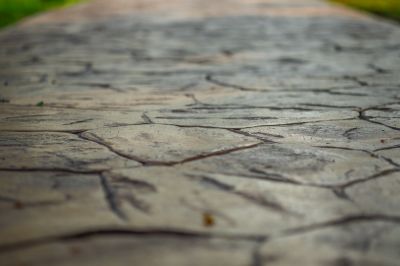
The short, realistic tool list for quality Stamped Concrete Service.
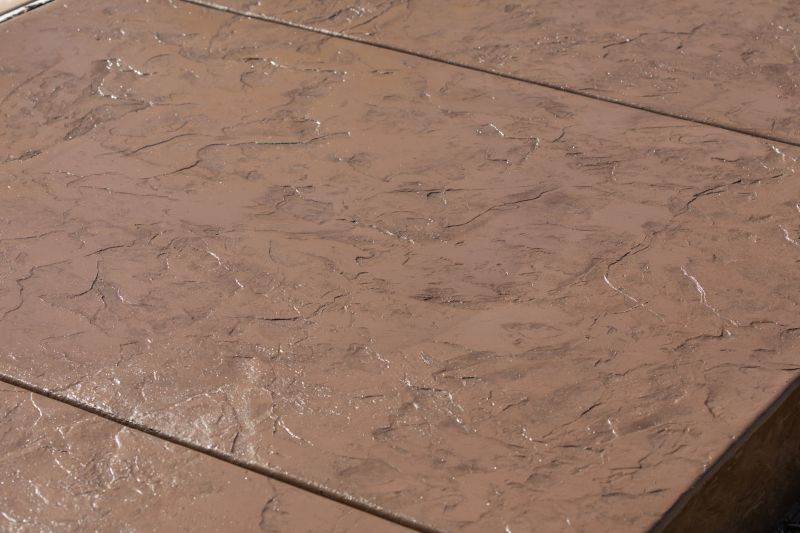
Rough timing from prep to clean-up for Stamped Concrete Service.
Individuals interested in stamped concrete services are encouraged to contact for further information. Proper scheduling and preparation can ensure a durable and attractive surface that enhances the property's aesthetic appeal and functionality.
